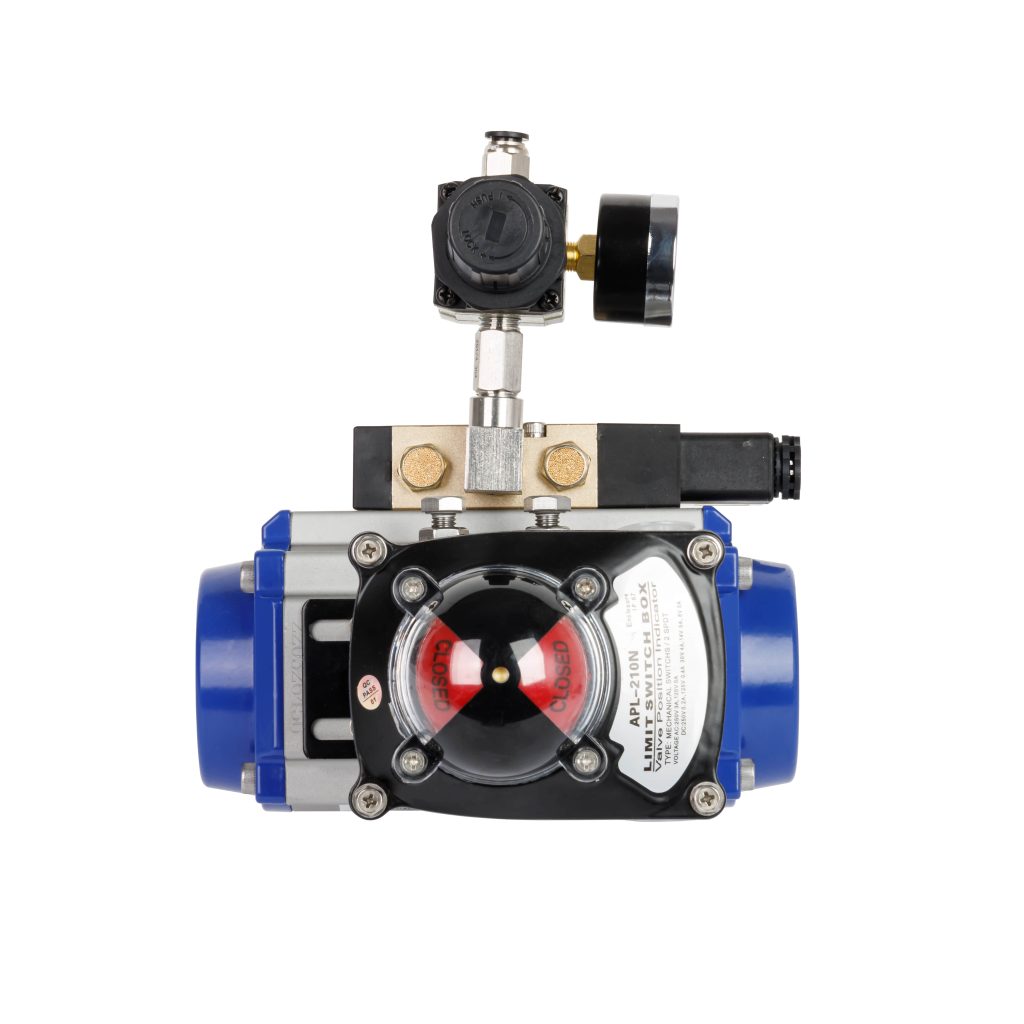Pneumatic actuators are essential components in many industrial automation systems, offering a reliable and efficient means to convert compressed air into mechanical motion. These devices are used extensively across various industries, from manufacturing to aerospace, due to their robustness and ease of integration. This article explores the fundamental principles behind pneumatic actuators, their key components, and their diverse applications.

What is a Pneumatic Actuator?

A pneumatic actuator is a device that uses compressed air to produce motion. Unlike hydraulic actuators, which rely on liquids, or electric actuators, which use motors, pneumatic actuators harness the power of compressed air to create linear or rotary motion. They are widely appreciated for their simplicity, cost-effectiveness, and versatility. Key Components of Pneumatic Actuators Cylinder: The core component of most pneumatic actuators is the cylinder, which contains a moving piston. The cylinder is divided into two chambers by the piston. When compressed air is introduced into one chamber, it pushes the piston, causing it to move and generate mechanical force. The movement of the piston can be linear or rotary, depending on the actuator’s design.
